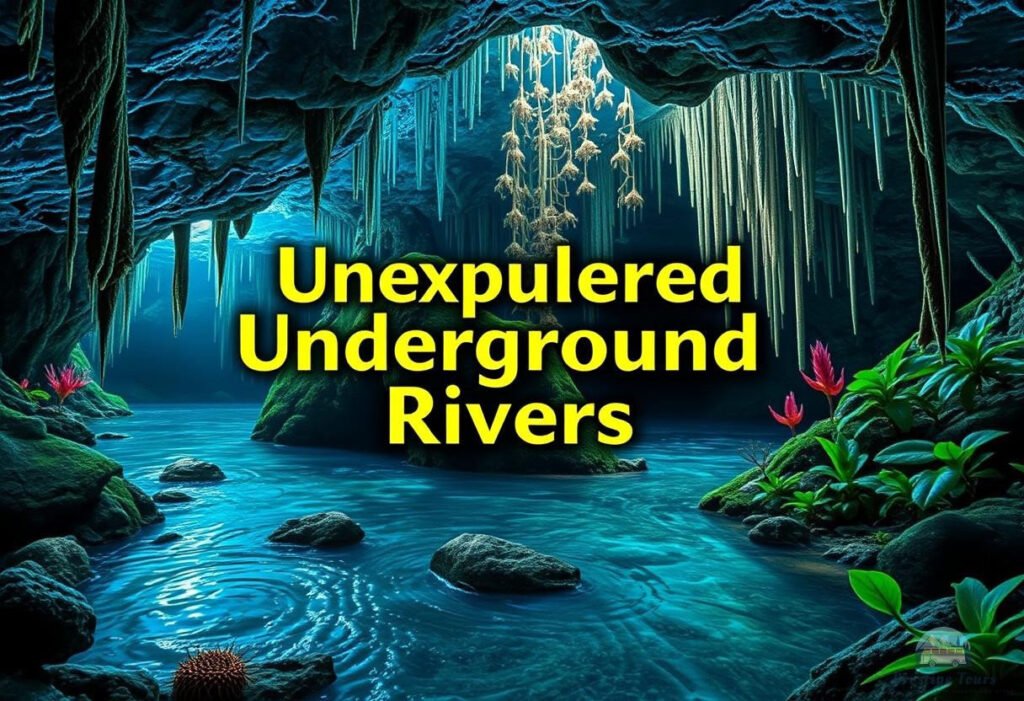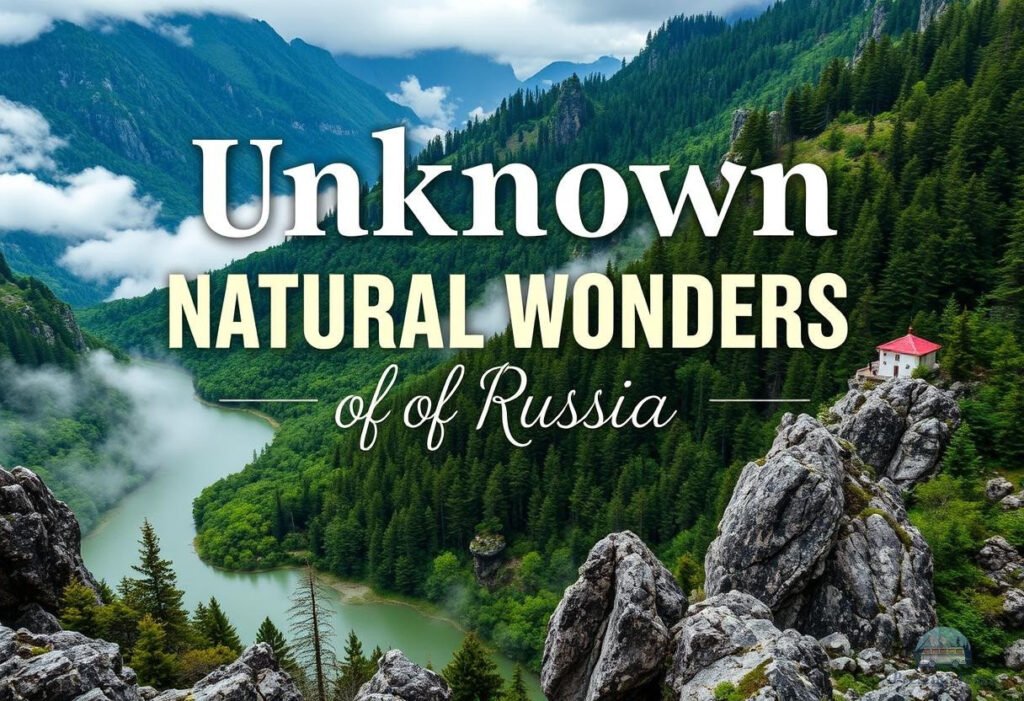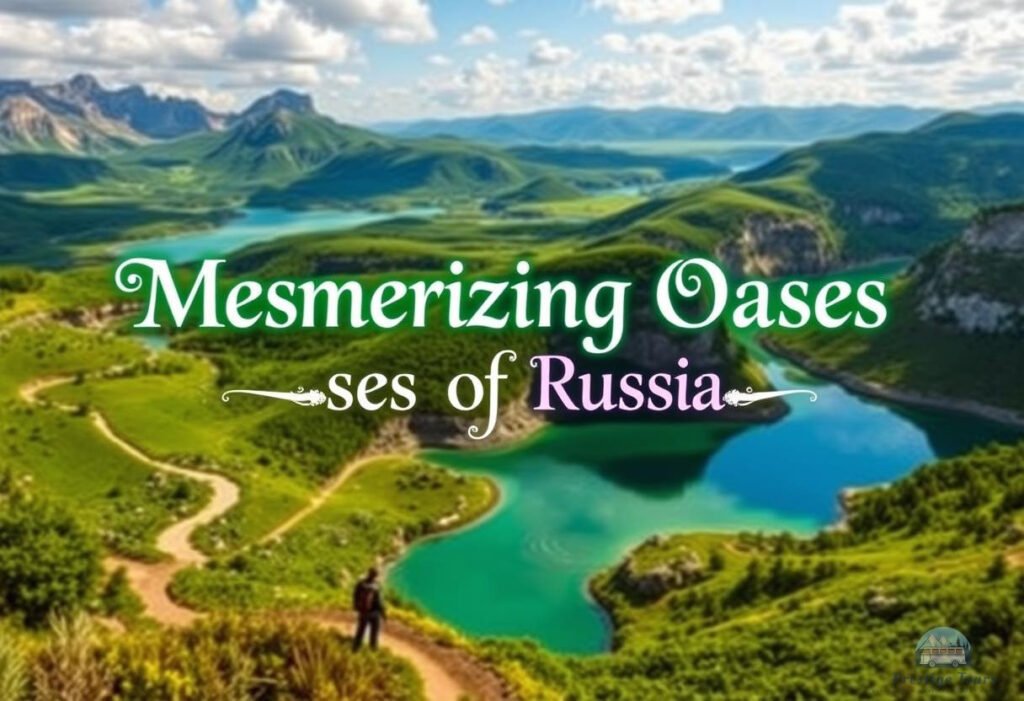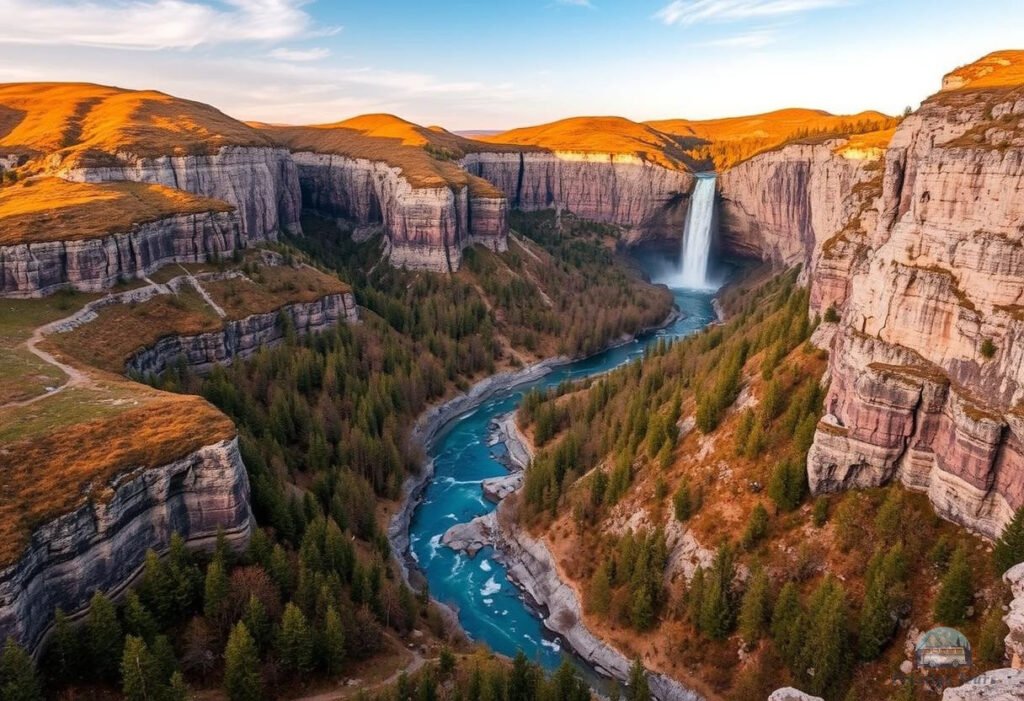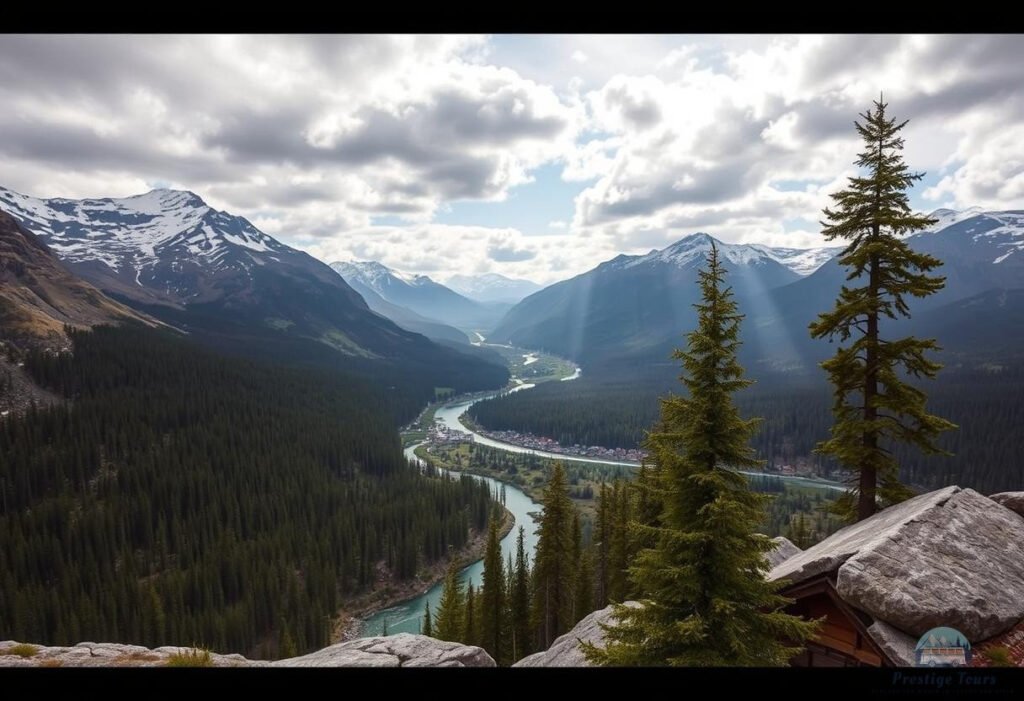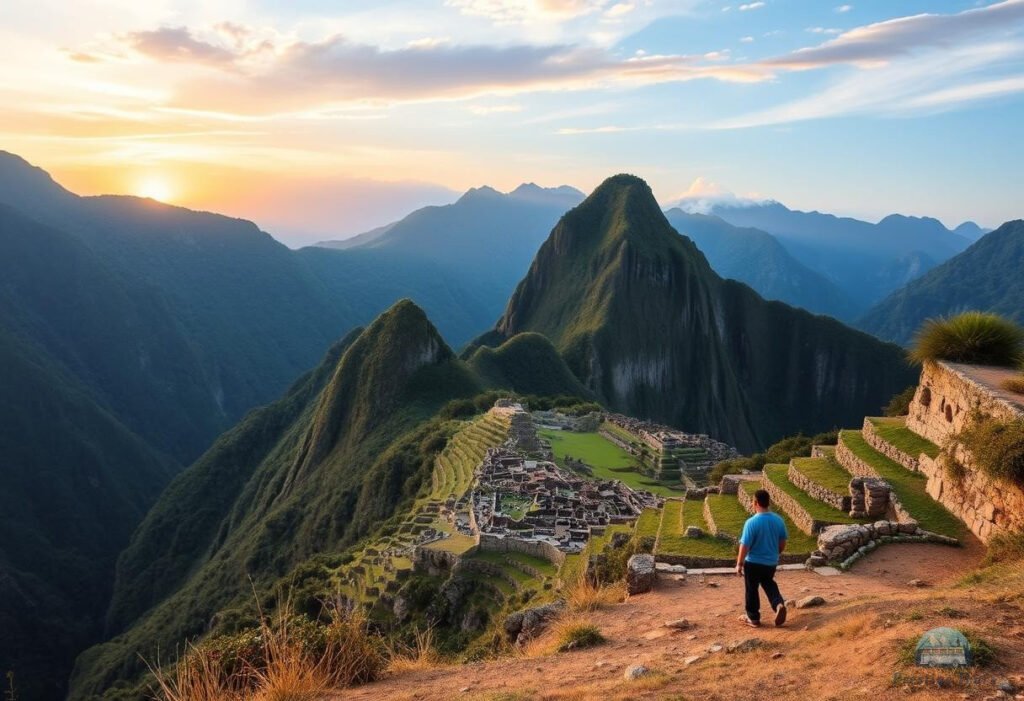Oases in the Wild: Uncovering the Magic of Vanished Places
The lost oases occupy a special place in the history of mankind and nature. These unique ecosystems not only provided drinking water and food for many nations, but also represented a magnificent natural heritage of our planet. Unfortunately, many oases have disappeared over time, leaving behind only memories of their former splendor.
Introduction to the topic of missing oases
Definition and meaning of oases
Oases are fertile areas of land surrounded by arid or semi-arid areas. They are surrounded by water, which creates ideal conditions for the life and growth of plants. Oases play a vital role in ecosystems, supporting biodiversity and offering refuge for many species.
A Historical Perspective on the Disappearance of Oases
Unfortunately, many oases have disappeared due to various factors. Historically, both climate change and human influence have been observed to degrade these unique ecosystems, making them vulnerable to extinction.
Famous Lost Oases
A Brief Overview of Famous Oases
Some of the famous lost oases include:
- Tigris-Euphrates Oasis - a once fertile area now suffering from climate change and rising pollution;
- The Sahara Oasis is a vast expanse of once lush land now lost to climate change and the anarchic exploitation of resources.
Reasons for the disappearance of these places
The reasons why the missing oases disappeared are varied, but the most notable are:
- Climate change – global warming and droughts have weakened ecosystems;
- Human influences include overexploitation of natural resources and unsustainable agricultural practices.
The Magic of Surviving Oases

Oases worth visiting
Despite the disappearance of some oases, there are still some that continue to delight travelers:
- Modern oases such as the Ouishka Oasis in Algeria offer unique opportunities to explore nature;
- Unique natural features such as crystal clear springs and exotic flora attract attention and inspire.
Ecological significance of oases
Oases play a significant role in ecosystems. They:
- Support biodiversity by providing habitat for many rare species;
- They play an important role in preserving water resources, being natural water reservoirs.
Conclusion: The Memory of the Lost Oases and their Future
Lessons learned from the disappearance of oases
Studying lost oases helps us understand what mistakes were made and how they can be avoided in the future. We must realize the importance of sustainability of natural resources and the need to preserve them.
How we can help preserve oases on the planet
We can all contribute to preserving oases, starting with:
- Support for ecosystem restoration projects;
- Participation in environmental campaigns and educational initiatives;
- Applying more sustainable agricultural practices.
Learn more about the importance of preserving oases on the World Wildlife Fund website. Remembering the lost oases and caring for those that remain, to preserve this natural wonder for future generations.


